Contents


Planting quince will certainly decorate the site, a sprawling tree looks very impressive in spring during flowering and in autumn, when it is strewn with large yellowing fruits. Planting and caring for quince, of course, will require attention and time, but after two years it will regularly begin to bring not only beautiful, but also very useful fruits that can be stored until spring, becoming tastier. Usually, surprisingly delicious desserts are prepared from them, and traditional medicine uses them to strengthen and restore health.
Soil preparation for quince
How to plant quince in our difficult climatic conditions, if it is a southern heat-loving crop? There is undoubtedly a certain risk, because it comes from the Transcaucasus, southern Asia, it is good to grow it in southern Europe, where the winter temperature practically does not fall below -8 degrees. But today there are varieties that can survive -37 degrees, in the middle lane and even to the north it is not difficult to grow early frost-resistant varieties whose fruits ripen in September.
Quince, planting and caring for which requires knowledge of its preferences, is distinguished by a tolerant attitude to heat and drought, it can endure a thirty-day flood, even recover after freezing part of the shoots. It can grow on any soil – red soil, chernozem, sandy loam and loam will resist it. On light sandy soils, it will enter the fruiting period earlier, but the fruits will not reach their maximum, they will be very hard, the tree will live less than on heavier soils. The longest lifespan of a tree, up to 60 years, is observed if quince grows on fertile loam, it begins to bear fruit in the third, more often the fourth year of life, by the eighth or tenth, the crop will reach its maximum.
Every year, without any periodicity (under good conditions), a tree can give a harvest for 30 – 50 years. At first, it grows quite quickly, and when it reaches adulthood, it slows down growth, and can bear from 40 to 100 kg of fruit annually. For the sake of this, it is worth preparing the soil exactly the kind that this culture loves.
If the soil on the site is light, then it is worth adding clay, humus, peat. Peat gradually oxidizes the soil, quince does not like this, but peat perfectly retains moisture and enriches the soil, so it is worth adding wood ash periodically – this will keep the acidity at the right level and at the same time fertilize.
Before planting quince, you need to dig up an area of at least 10 square meters to the depth of a shovel bayonet, at the same time adjust the soil structure and add humus or compost, superphosphate and potassium salt. After that, the ground in the prepared area is watered and left to settle.
Video “How to plant a quince”
From the video you will learn how to properly plant this fruit tree.
When to plant
Like all large trees, quince is planted in spring or autumn. In the fall, this must be done in such a way that before frost the seedling gets used to the new place and forms, if new roots, then at least callus. This usually takes at least two weeks, which means that you need to correctly determine the time so that the tree has these two weeks before the arrival of real frosts.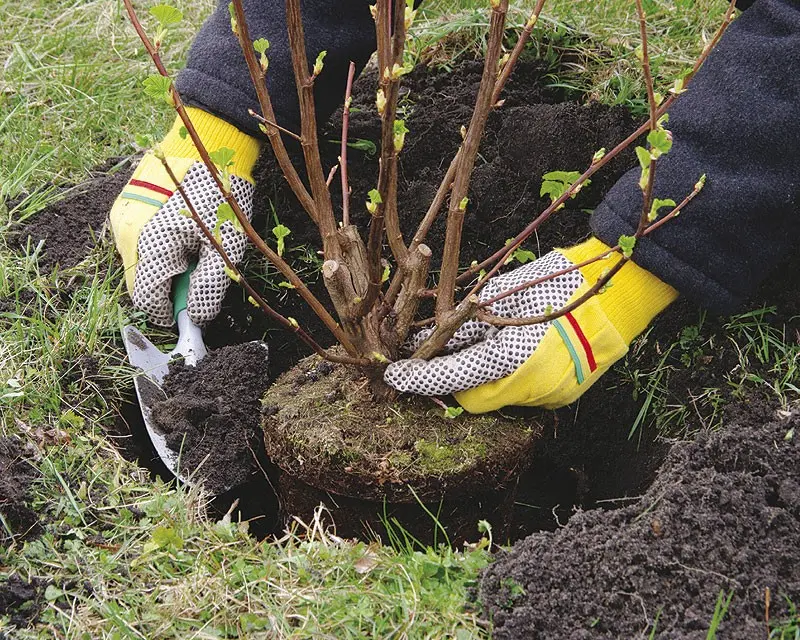
In the spring, the tree is planted while it is at rest, and the buds have not yet fully woken up. But the weather should already be warm, return frosts can cause serious harm to the newcomer. Most gardeners do this in April, the weather itself will tell you exactly when you need to move on to planting. The seedling should not wait too long to plant, especially with an open root system.
It is desirable to buy for planting a one-year-old seedling with an open root system, then when choosing, you can carefully examine not only the aerial part of the plant, but also the roots.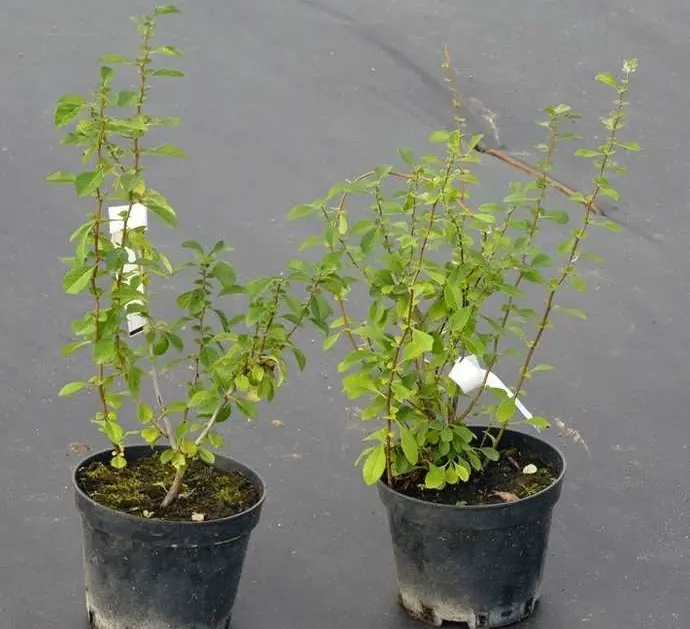
You need to pay attention to the kidneys, even before they wake up, it is quite possible to see dead or damaged ones, you can allow the presence of such shoots at the ends, which will then be cut off, but at the base of each shoot there should be at least 3 – 4 healthy fully formed kidneys. Roots should be healthy and well developed, without damage and dried parts. On the cut, a healthy root is always light. Seedlings older than one year are usually sold with a closed root system, it will not be possible to consider it, but if they are in an earthen coma in which they grew up, then such a seedling should take root well in a new place.
Planting in autumn
If it is planned to plant quince in the fall, and this will be September – October, then it is advisable to prepare the site in the spring, but it is permissible to dig it up, clean it from grass and roots, fertilize, water it in July – August. The earth should stand for at least a month, especially if not only fertilizers were applied, but the soil structure was corrected.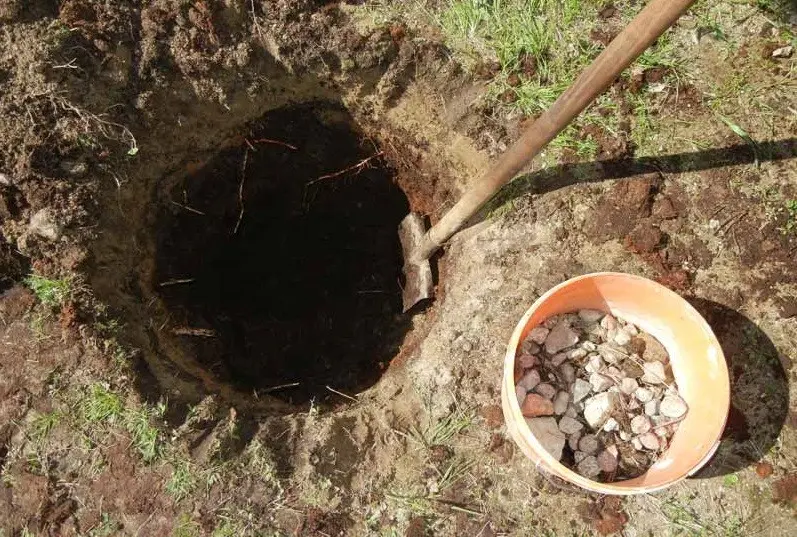
Immediately before planting, a hole is dug 40–50 cm deep and 60–100 cm in diameter. The quince root system develops in width, the roots do not grow deeper than one meter, but their diameter can be several times greater than the width of the crown, so such a large place is being prepared. The diameter of the pit for the seedling should be 10 – 20 cm larger than the existing root system.
Clay is laid out at the bottom of the pit, then earth mixed with humus (or compost), superphosphate and wood ash. Such a composition should occupy at least one third of the pit; ordinary garden soil is poured on top. The roots of the seedling are set on the ground and carefully fall asleep, lightly tamping, trying to ensure the greatest fit of the earth to the roots, but not damage them. The vaccination site should be three centimeters underground. Having completely filled the hole, they ram the earth around the trunk, water it, and mulch it. For irrigation, you need at least two buckets of water. Since it happens in the fall, a gradual cooling awaits ahead, you can immediately put a thick layer of mulch – at least 10 cm. Peat or compost is taken for mulch. Mulch the entire area of the ground above the roots and a little more to protect them from future frost, and not just to retain moisture.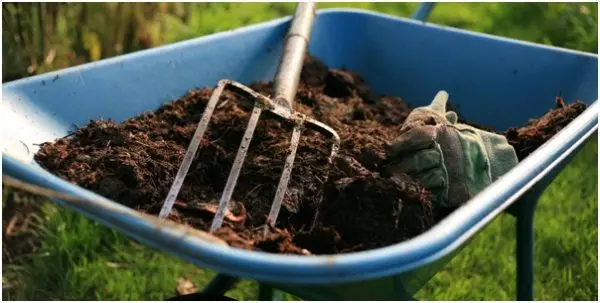
After the autumn planting, the branches are pruned only if there are broken ones, the main pruning will be done later, when the tree survives its first winter.
Planting in the spring
For spring planting, the site is prepared in the fall. After harvesting the crumbled leaves, the intended area is dug up, freed from the roots of perennial grasses, fertilizers are applied, the acidity and structure are corrected, if necessary, watered, and in winter they try to heat snow there. In the spring, when the earth has already warmed up enough, the site can be, if not dug up, then at least loosened. And just before planting, they dig a hole, fill it with fertilizers and plant a tree.
The area around and the pit itself should receive a lot of natural nitrogen fertilizers, the next organic application will be in a few years, and the first years of the quince life are characterized by very rapid growth. Mineral fertilizers (a reasonable amount) are applied several times annually, but the tree is fed with organic matter after 2 to 3 years. Therefore, it is so important to prepare the soil and apply the right amount of fertilizer when planting.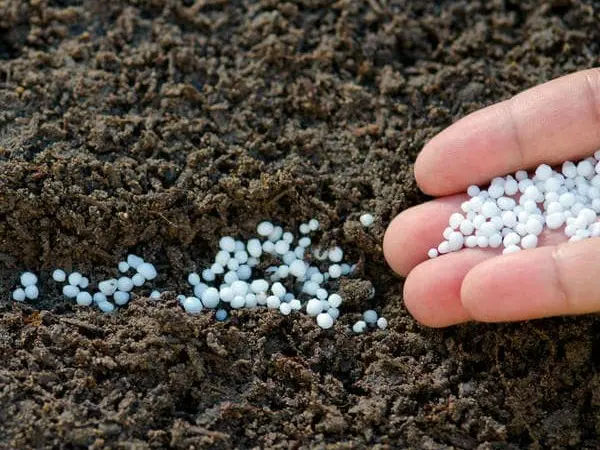
The main pruning of quince is done in the spring. Immediately after planting, you need to shorten the shoots and outline the skeletal branches, the formation of which will occur during the first years of tree growth.
The best “neighbors” of the tree
Quince occupies a special place in the garden, if only because it needs a lot of free space around. A not too big tree with a crown about two meters in diameter grows roots that capture an area with a diameter of 6 – 8 meters. Any plants planted nearby will take nutrients from the quince, which will immediately affect the quality and size of the crop. Therefore, it is planted no closer than 5 meters to other trees, and empty land remains under it so that other plants, even if they are not afraid to grow in the shade, do not disturb the quince roots located close to the surface.
A heat-loving culture needs a lot of sunlight, so there should not be buildings or tall trees nearby that would shade it. For quince, they find an open place, the southern slope is suitable, and if there were some other protection from the cold north wind, this would be an ideal place. In winter, you need to install shields to delay snow, the more snowdrift around the tree, the better it will endure frost.
Sometimes a hedge is made from quince, planting plants at a distance of one and a half meters from each other. Such crowding creates not very convenient conditions, but there is an opinion that it is in such dense plantings that trees produce the most useful fruits, although they will not be too large.
Quince refers to non-self-fertile crops, which means that in order to obtain a crop, it needs cross-pollination of flowers of different varieties. Modern varieties are distinguished not only by resistance to frost and diseases, they are also declared by breeders as self-fertile. But the harvest will undoubtedly be better if a quince of a different variety grows on the same site (or on the neighboring one), such a neighbor will be the most desirable. If this does not work out, then you need to graft a sprig of a different variety onto the tree. You can graft not on a quince, but on a pear, these related crops become an excellent stock for each other. The neighborhood of pears and apples, contrary to the wishes of many gardeners, is not a salvation for non-self-fertile quince varieties.
Video “Care”
From the video you will learn how to care for a tree.









